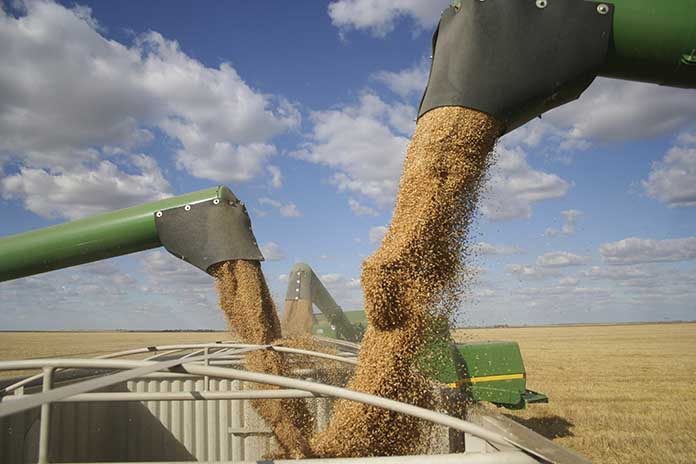
Arginine is an essential amino acid for poultry and plays crucial roles in different biological pathways. Recent findings highlighted that the recommended levels of dietary arginine might be suboptimal for the current fast-growing broilers. Therefore, this study was performed to evaluate the effects of increased dietary arginine/lysine ratio on productive aspects and plasma metabolomics profile of broiler chickens. 1,168 1-d-old male chicks (ROSS 308) were weighed and equally divided in two experimental groups (9 replicates each) fed a commercial basal diet (CON group; Arg/Lys ratio 105-105-106-107 of each feeding phase, respectively) or the same basal diet supplemented with synthetic arginine (ARG group; Arg/Lys 115-115-116-117). Productive performance were recorded at the end of each feeding phase (12, 22, 33, 43 d). At processing (43 d), blood was collected from 1 bird/replication (9 birds/group), centrifuged and plasma stored at -80°C for metabolomics analysis.
Plasma was analyzed through a Nuclear Magnetic Resonance (1H-NMR)-based approach and metabolites were identified using the Human Metabolome and Chenomx software data bank. At slaughter, carcass and cut-up yields were assessed on each bird. Dietary supplementation of arginine significantly reduced feed conversion rate (FCR) at 12 d (1.352 vs. 1.401, respectively for ARG and CON; P<0.05), 22 d (1.398 vs. 1.420, respectively for ARG and CON; P<0.01) and 33 d (1.494 vs. 1.524, respectively for ARG and CON; P<0.05), while tended to improve FCR in the overall period of trial (1.646 vs. 1.675, respectively for ARG and CON; P=0.09). Body weight was significantly affected by the dietary treatment at 33 d (1,884 vs. 1,829 g., ARG and CON respectively; P<0.05). Breast yield was increased by 1.1% in ARG group.
From the metabolomics analysis emerged that ARG group had a higher plasma concentration of arginine, hypoxanthine, histidine, leucine, as well as higher 3-hydroxybutyrate/acetoacetate and lactate/pyruvate ratios. Furthermore, ARG group exhibited lower plasma levels of adenosine, proline, acetoacetate, glutamate, alanine and pyruvate. In conclusion, the increased arginine/lysine ratio tested in this trial enhanced feed efficiency and slaughter yields in fast growing broiler chickens and modified the plasma levels of key metabolites related to energy and protein metabolism, which may have played a role in the productive improvements observed in ARG group.
Source: VI Mediterranean Poultry Summit 18-20 June 2018

















